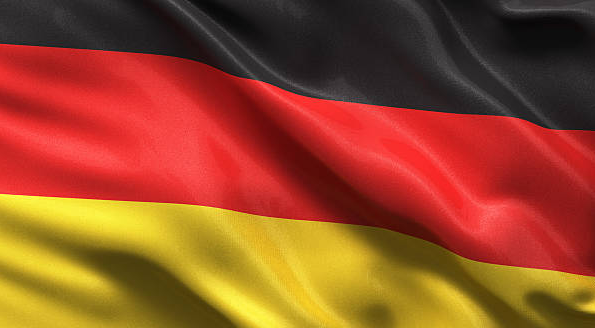The India National Flag is a sacred symbol that represents the country’s identity, heritage, and aspirations. It is an iconic symbol that reflects the rich cultural and historical legacy of India. This article will provide you with a comprehensive understanding of the history, design, and symbolism of the Indian national flag.
History of the Indian National Flag
The Indian national flag has a rich history that dates back to the Indian independence movement. The first national flag of India was hoisted in 1906 in Kolkata, designed by the freedom fighter, Sister Nivedita. However, it was not recognized as the official national flag of India.
Later, in 1921, Mahatma Gandhi proposed a new design for the national flag, which featured three horizontal stripes of saffron, white, and green colors, representing courage, truth, and peace, respectively. The spinning wheel or the charkha in the center symbolized India’s quest for self-reliance and economic independence.
The final design of the Indian national flag was adopted on July 22, 1947, by the Constituent Assembly of India. It features three horizontal stripes of saffron, white, and green colors, and a navy blue chakra or wheel in the center.
Design and Symbolism of the Indian National Flag
The Indian national flag has a unique design and symbolism that reflects the values, beliefs, and aspirations of the Indian people. Let’s explore the various elements of the Indian national flag and their symbolism.
Colors of the Indian National Flag
The Indian national flag consists of three horizontal stripes of saffron, white, and green colors. The saffron color represents courage, sacrifice, and the spirit of renunciation. The white color represents peace, purity, and truth. The green color represents prosperity, life, and vitality.
The Chakra in the Indian National Flag
The Indian national flag features a navy blue chakra or wheel in the center, which has 24 spokes. The chakra symbolizes the wheel of law, representing the principles of truth and justice. It also represents the power of the state and the continuous progress of the nation.
Proportions of the Indian National Flag
The Indian national flag has a unique proportion of 2:3, which means the width of the flag is 2/3rd of its length. The size of the chakra is also proportional to the width of the white stripe.
Significance of the Indian National Flag
The Indian national flag holds immense significance for the Indian people, and it represents their unity, diversity, and national pride. The flag is a symbol of the Indian nation’s sovereignty, integrity, and secularism. It reminds the citizens of their duties towards the country and inspires them to uphold the values of democracy, freedom, and equality.
The Indian national flag is hoisted on various occasions, such as Independence Day, Republic Day, and other national events. It is also used to represent India in international events and sports competitions.
FAQs About the Indian National Flag
Q1. Can anyone use the Indian national flag for personal purposes?
No, the Indian national flag is a sacred symbol that represents the country’s identity and should be treated with respect and dignity. It is illegal to use the flag for personal purposes or in any manner that is disrespectful or derogatory.
Q2. What are the guidelines for hoisting the Indian national flag?
The Indian government has prescribed guidelines for the proper use and hoisting of the national flag. The flag should always be hoisted on a pole of appropriate height and in a proper manner. It should never touch the ground or be flown upside down.
Q3. What is the significance of the 24 spokes in the chakra of the Indian national flag?
The 24 spokes in the chakra of the Indian national flag represent the 24 hours of the day and symbolize the continuous progress of the nation.
Q4. How is the Indian national flag made?
The Indian national flag is made of Khadi, a hand-spun and handwoven cloth made of cotton, silk, or wool. The production of Khadi is an important aspect of India’s independence movement and a symbol of self-reliance and economic independence.
Q5. What is the protocol for the disposal of the Indian national flag?
The Indian government has prescribed guidelines for the disposal of the national flag. The flag should never be thrown away or left to decay. It should be disposed of in a respectful manner, preferably by burning it in private with due care and solemnity.
Conclusion
The Indian national flag is a symbol of unity, diversity, and national pride that represents the rich cultural and historical legacy of India. It holds immense significance for the Indian people and reminds them of their duties towards the country. The design and symbolism of the flag reflect the values, beliefs, and aspirations of the Indian nation. By upholding the principles and values of the Indian national flag, the citizens of India can contribute to the country’s progress and development.
References
- “Flag Code of India.” Ministry of Home Affairs, Government of India. Accessed 7 April 2023. https://www.mha.gov.in/sites/default/files/FlagCodeIndia1984_21022019.pdf.
- “National Flag.” Ministry of Culture, Government of India. Accessed 7 April 2023. https://www.indiaculture.nic.in/national-flag.
- “Khadi: The Fabric of India’s Freedom Struggle.” Khadi and Village Industries Commission. Accessed 7 April 2023. https://www.kviconline.gov.in/kvicen/history-of-khadi.

